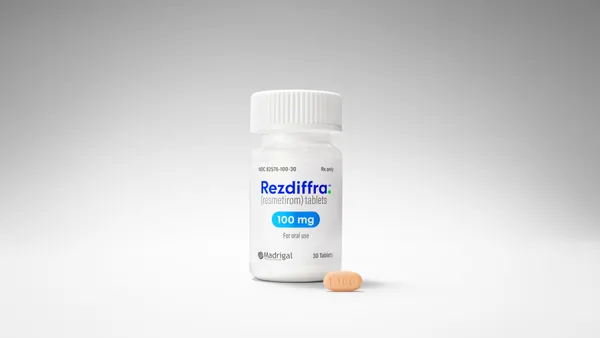32 September 2008 VIEW on Marketing PATIENTCENTRIC MARKETING Patient journey marketing is a new take on patient centric marketing that seeks to form loyal, lasting relationships with individual patients. It is founded on the fundamental belief that every patient who is diagnosed with a serious disease undergoes a deeply emotional, physical, and intellectual journey. Along this journey, the patient’s needs and feelings will naturally evolve as he or she moves through the course of the disease and deals with heath, therapy, and daily life issues. The strategy depends upon segmentation technologies that take into account all of these complex emotional, intellectual, and health variables as they change over time. The result is a more nuanced, three dimensional understanding of patients that enables marketers to better align their messaging to a patient’s mindset at a particular moment. It is called: “Right Message, Right Time, Right Placement.” Every message is delivered when the patient is ready to hear it and take action. With the onset of Web 2.0 technologies, we, as marketers, can now support this kind of in depth engagement with patients to better help them understand, acknowledge, and take action in support of their own wellbeing. It’s an approach that depends upon several fundamental principles. Engage Patients with the Right Tools The medium can be just as important as the message. In order to deliver the right message at the right time marketers must also select the most appropriate communication tool. Fortunately, there is a wide array of tools in the marketing arsenal these days that allow them to do this, from print pieces to the latest online Web 2.0 technologies. The question is which tool will best connect with patients and empower them to move forward in their journey? The answer lies in aligning the patient’s emotional state with the appropriate medium. For example, a video or podcast featuring an intimate talk by a fellow patient will create a stronger emotional connection with a patient terrified by a recent diagnosis than a print piece will. On the other hand, if the patient has already accepted her condition, or is more of a “just the facts, ma’am” personality, then the written word may be more effective. Reflect the Patient in Your Communications Being diagnosed with a serious disease is almost always an isolating experience. Suddenly, patients find themselves wanting to connect with someone who really understands what they are going through. For this reason, marketers should select a “messenger” who reflects the patient — someone who also has the disease and looks and sounds like the patient. For the newly diagnosed, listening to someone just like them can be a reassuring experience. And for someone already on therapy, interacting with a fellow traveler can be very persuasive in helping that patient to remain compliant. Listen and Interact with Patients “Right Message, Right Time, Right Placement” is dependent upon knowing more accurately where patients are in their respective journeys. And that requires interacting with them to obtain accurate feedback. This interaction might be as simple as a poll or a survey on the Web that provides clearer insight into the patient’s state of mind — whether they’re still in denial, considering therapy, concerned about symptom management, thinking about quitting therapy, and so forth. A rating system then segments patients based upon all of these factors. This allows marketers to deliver appropriate messaging so that they can better support patients and pull them along to the next phase in their journey whether it’s consideration, purchase, or compliance. Measure the Effectiveness of Your Communications Along the way, marketers constantly measure and evaluate effective ness. We keep asking ourselves: Are we using the right tools to build loyalty? Is our messaging persuasive? Are we moving patients along in their journeys? Are we increasing acquisition and retention numbers? To answer these questions, a rigorous set of benchmarks and analytic technologies have been developed that permit marketers to translate hard to define things like trust, loyalty, and emotional relationships into hard numbers. Marketers can then use these insights to refine their understanding of their audience and sharpen their message. Never Stand Still: A Marketing Strategy That is Always Evolving Above all, it’s important to understand that patient journey marketing is a highly flexible model designed to respond to an everchanging marketplace. Not only are new technologies and new therapies emerging all the time, attitudes of patients are also always evolving. For that reason, the model constantly needs tweaking, so as to build more loyalty, acquisition, compliance, and most important, better outcomes for patients. Cramer CRAMER, Norwood, Mass., is a digital marketing and event solutions agency. For more information, visit crameronline.com. Patient Journey Marketing A New Strategy for Understanding and Empowering Patients Liz Kay, VP, Account Services, Healthcare Practice Patient journey marketing is a new take on patient centric marketing that seeks to form loyal, lasting relationships with individual patients.
An article from


Patient Journey Marketing
Filed Under:
Commercialization









